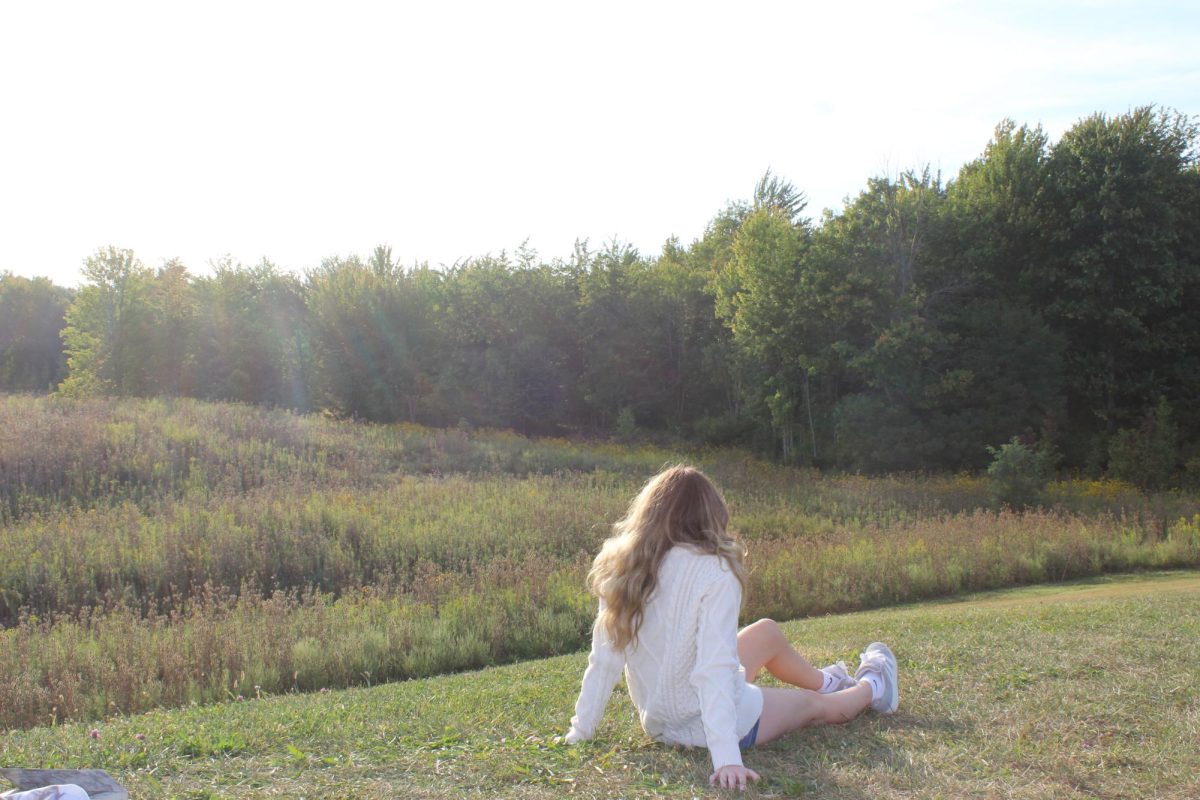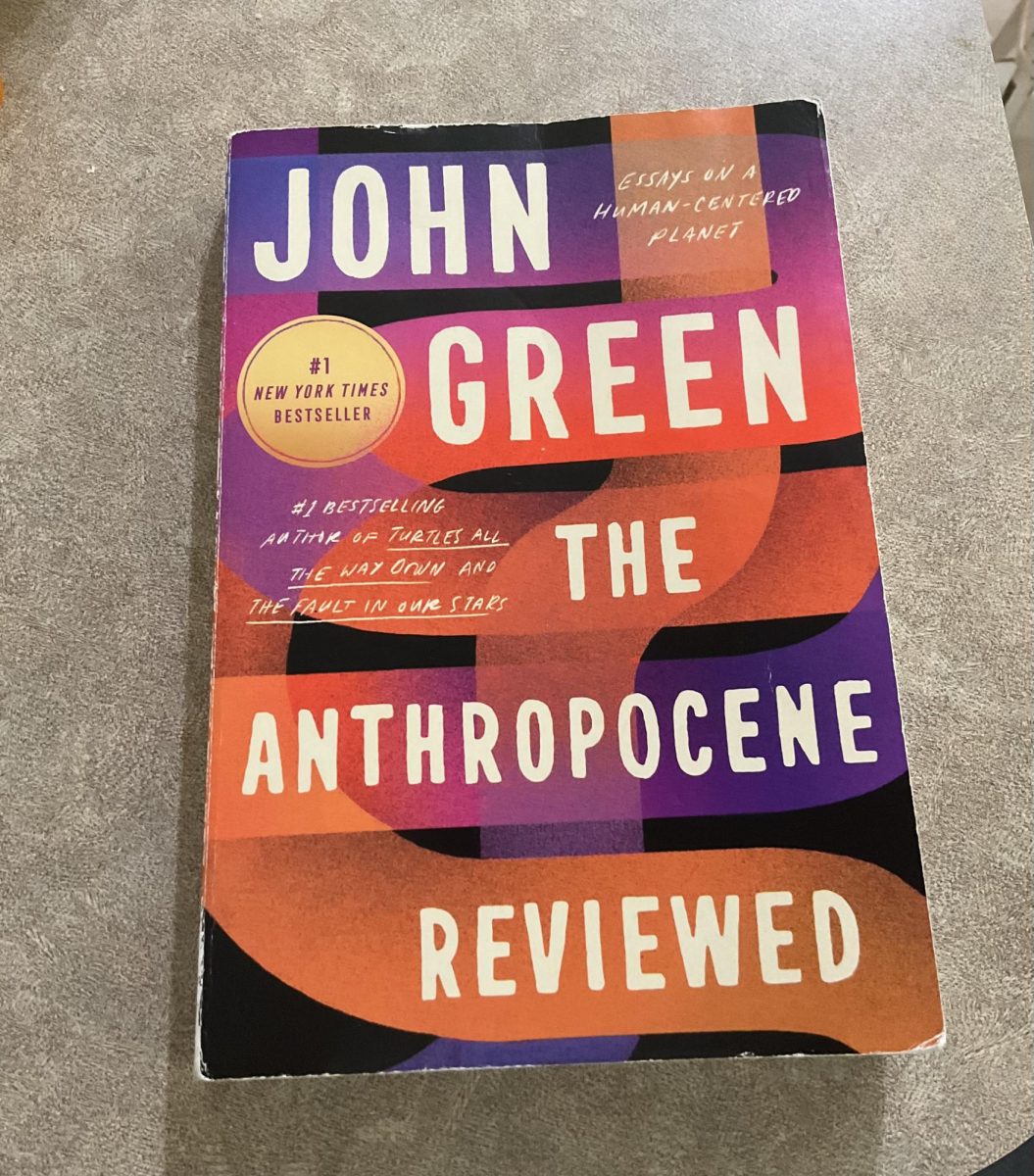Tim Burton’s original Beetlejuice (1988) movie remains a favorite for fans of quirky horror comedies. It is a unique blend of dark humor and fantasy, instantly becoming a beloved classic. Burton’s famous gothic and surreal aesthetic made him a household name for imaginative and visually striking films. But the movie’s real star was Michael Keaton’s unhinged performance as Beetlejuice—the unpredictable bio-exorcist who brought a chaotic energy to every scene.
After three generations, Beetlejuice is back at it again, haunting the Deetz family with his demonic wits, except that Lydia Deetz is reliving her nightmare no longer as a teenager, but now as a mother.
This story of Beetlejuice returned on September 6, 2024, as “Beetlejuice Beetlejuice.” While its focus was to recapture that original 1988 charm, it also tries to polish up the bizarre nightmare of what the world of the dead looks like.
With the original having been made in the ‘80s, its old practical effects and makeup are still visible in Burton’s 2024 movie, but with a clearer image of the land of the dead, courtesy of CGI. But in a way, the original’s rough edges and homemade appeal seem to be lost with this new digital precision. The quirky, “low-budget” effects in the 1988 film gave it a dreamlike quality, as if viewers were seeing into a handcrafted alternate dimension, full of twisted but humorous figures.
That’s not to say the 2024 movie isn’t visually stunning—it just feels different. The use of CGI makes the afterlife appear more supernatural, and the effortless quirkiness that the original had now feels calculated.
For example, in the original, Burton’s famous sandworm creature had a certain charm with its practical effects. In the modern take, those sandworms now slither with perfect digital movements, and the eerie charm is diminished.
The most anticipated aspect of “Beetlejuice Beetlejuice” was the return of Michael Keaton as Beetlejuice. While Beetlejuice still has the same manic energy and almost bipolar character, his actions have evolved slightly in the 36-year break to match modern humor. The film does a good job of balancing the nostalgia for Keaton’s previous performance while allowing him to develop the character further, making him entertaining to both longtime fans and new viewers.
And then there’s Lydia. Winona Ryder’s portrayal of the goth teenager who could see the dead became an iconic role in the original movie. Her melancholic personality created a sharp contrast to the chaos surrounding her. But in the 2024 version, Lydia is no longer that dark teenager, but rather an overbearing Mom. While the modern take has its moments, it doesn’t quite capture the same raw, teenage, unforgettable character Winona brought to the original.
One of the film’s new elements is the introduction of a new character: Lydia Deetz’s daughter, Astrid played by Jenna Ortega. Initially, she resents her mother and family for their infamous supernatural reputation, which cast a shadow over her life at school. However, Burton develops Astrid’s character throughout the movie, shifting from skepticism to acceptance as she learns to embrace the strangeness of her family. Astrid’s character provides a fresh dynamic while staying true to the quirky spirit of the original.
Story-wise, “Beetlejuice Beetlejuice” plays with themes of death and the afterlife but leans more toward humor compared to the original. Burton’s 1988 version was bizarre and unsettling, offering a darker view of death that was balanced by its humor. The new version sways even more towards a comedy, at times feeling more like a family-friendly movie without the darker edge of the 1988 version.
In other words, Tim Burton’s 2024 Beetlejuice Beetlejuice lives up to the legacy of the all-time favorite classic. The nostalgic return after 36 years still celebrates the original handcrafted magic from 1988, with a more modern twist. It is a worthy sequel in many ways, but the quirky charm of the original afterlife remains hard to beat.











